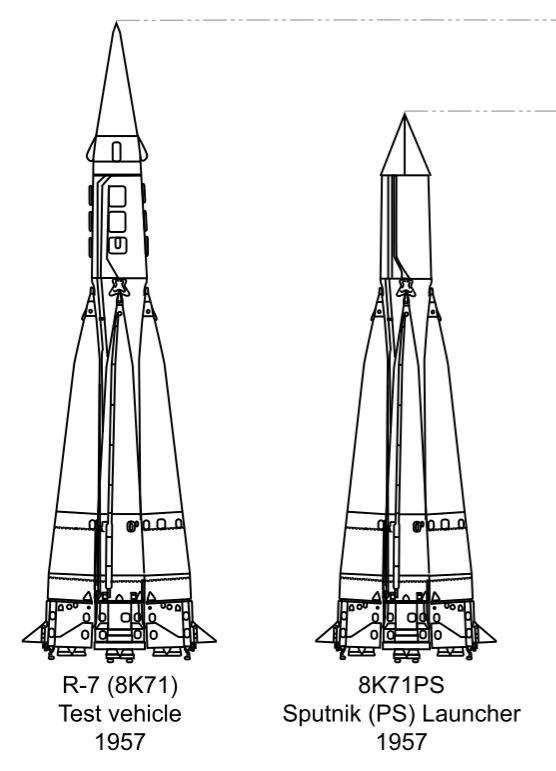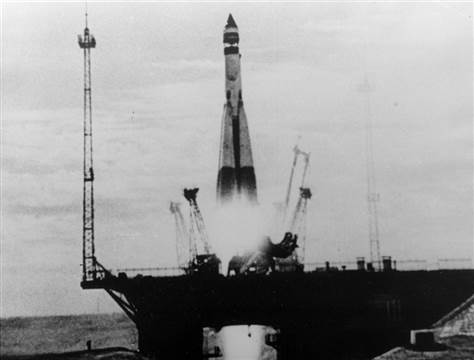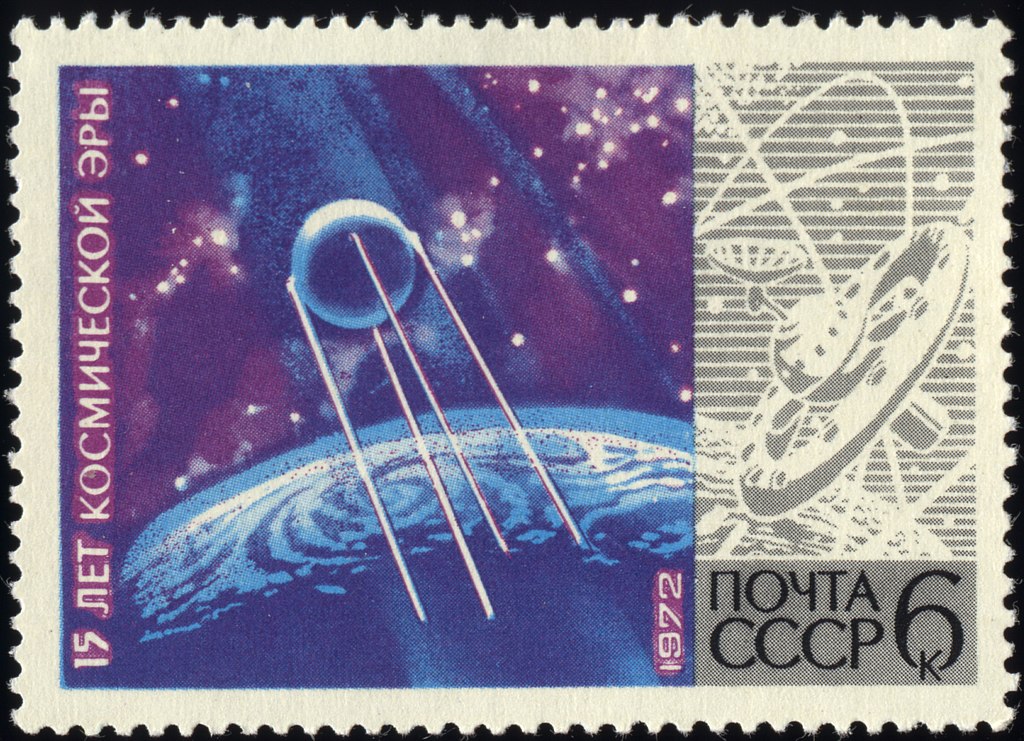SPUTNIK: Breaking Barriers for a Modern World
"There is no such thing as an unsolvable problem."
~ Sergei Korolev.
In 1903, Konstantin Tsiolkovsky mathematically proved that a satellite could be placed into Earth’s orbit. In 1948, Mikhial Tikhonravov and Sergei Korolev wanted to test this hypothesis and presented the concept to the Anatoli Blagonravov, president of the Academy of Artillery Sciences who refused the idea initially.

Changes made to the rocket R-7
Korolev proposed the idea of using the R-7 rocket to launch a satellite to the Committee of the Communist Party of the Soviet Union (CPSU). However, he removed the word of a satellite as the proposal moved to higher authorities.
Even after the CPSU’s approval, Korolev and his associate Keldysh had to entice the Soviet Academy of Sciences with placing a live animal a dog in the satellite. Korolev and Keldysh had to convince the military generals who feared that the satellite project would slow down the development of ICBM, R-7.
On 21 Aug 1957, the R-7 propelled a dummy warhead to Kamchatka (6000 Km). After this success, Korolev went to the CPSU and challenged them whether the USSR should try to be the first country in the world to launch a satellite.

Source: Flickr
Korolev was able to influence the attitude of people making the Sputnik launch successful.

Stamp released by USSR celebrating Sputnik launch.